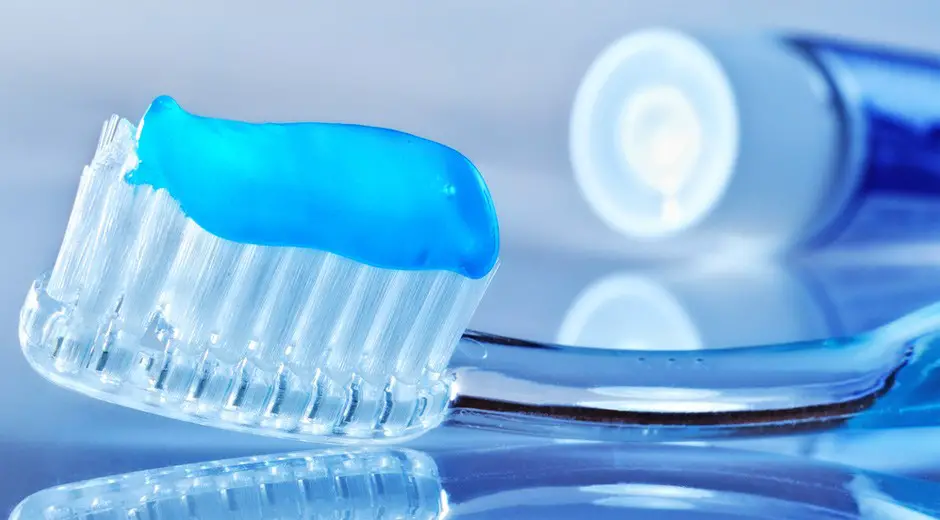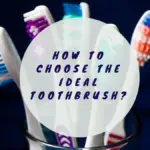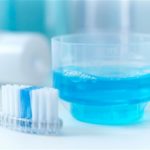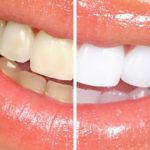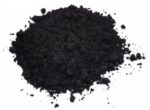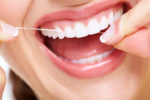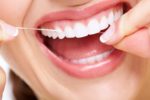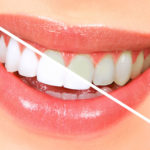Toothbrush and toothpaste, toothpaste and toothbrush, they just go together. In the morning, you almost cannot leave the house if you have not brushed your teeth with toothpaste and freshened your breath! And in the evening again the same routine for pleasant dreams…
The fact is that, for the cleaning of teeth, mechanical removal of food and harmful bacteria on the teeth and gums is the key. This can be achieved only with appropriate toothbrush containing thousands of tiny soft fibers that will gently clean the tooth surface, and also enter below the edge of the gums where the actual accumulation of most of bacteria is. And after that with good interdental brush and with appropriate dental floss.
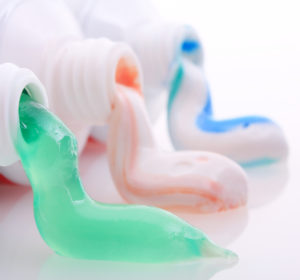 But also, the fact is that properly selected toothpaste with its active ingredients help maintain our oral hygiene. The basic role of the toothpaste is removing layers of food i.e. plaque in combination with the toothbrush. Antiseptic effect on bacteria in the mouth (to reduce the amount of bacteria) and freshen up bad breath. Good toothpaste, thus, participates in the prevention of caries, periodontal disease and disease of the mucous membranes of the mouth. It is therefore important which toothpaste you choose. You should know that not every toothpaste is a good toothpaste.
But also, the fact is that properly selected toothpaste with its active ingredients help maintain our oral hygiene. The basic role of the toothpaste is removing layers of food i.e. plaque in combination with the toothbrush. Antiseptic effect on bacteria in the mouth (to reduce the amount of bacteria) and freshen up bad breath. Good toothpaste, thus, participates in the prevention of caries, periodontal disease and disease of the mucous membranes of the mouth. It is therefore important which toothpaste you choose. You should know that not every toothpaste is a good toothpaste.
And how we usually decide on buying toothpaste when we stand in front of shelves with various toothpastes? For some, it is important that the toothpaste produces as many bubbles as possible, others prefer a strong taste, a third to whiten teeth. The decision on the choice of toothpaste is left to you. So you are the one who must check the toothpaste. What it contains, how to use it and how it can affect not only the teeth, but also the health of the whole mouth and even on the health altogether. You need to purchase toothpaste that does not in any way damage the tissues of the mouth, that will not prevent the effects of natural processes of protection in our mouth and that will encourage and facilitate the development of the natural bacterial flora in the mouth. Hmmm, really not an easy task.
And even with all this trouble, when it is added that in the market exists a huge variety of toothpastes with descriptions, whitening, complete, total, cavity control – they may contain in addition to the basic ingredients also a variety of bioactive and medicinal components for the treatment of cavities, plaque, tartar, gingivitis, periodontitis, etc. Not even reading the declaration does not help us much in our dilemma. They differ from paste to paste, and each manufacturer has a unique formula. But these are the basic ingredients that appear in all toothpastes – a variety of substances such as abrasives, detergents, thickeners, humectants, preservatives, protecting substances, stabilizers, flavorings, taste, smell and colour. Yes, that’s a lot of new words for many people, unknown substances, which you do not even know how to pronounce.
So what is it then the right toothpaste for your teeth?
The answer lies in the fact that the toothpaste should be selected according to the condition of your teeth and gums and the effect that you want to achieve.
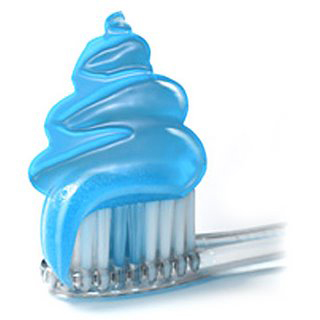 In order to sort out this confusion about toothpastes, dental experts commonly regard toothpastes as “ordinary” and “therapy” ones. It is also very easy to classify all these toothpastes into several groups, and you can easily find out which is the best toothpaste for you.
In order to sort out this confusion about toothpastes, dental experts commonly regard toothpastes as “ordinary” and “therapy” ones. It is also very easy to classify all these toothpastes into several groups, and you can easily find out which is the best toothpaste for you.
Ordinary toothpastes are those which can be found everywhere on the market. There are numerous kind of toothpastes from this group. These toothpastes are intended for daily use for the healthy person, and they are the so-called cosmetic toothpastes that clean and polish teeth and refresh your breath. The main purpose of these toothpastes, given that they contain abrasive particles, is during the brushing of your teeth to help remove remnants of food and plaque. Toothpaste should contain mild abrasives that would not damage the enamel or cause receding gums. If the enamel is damaged, teeth get yellowish color, because underneath it, appears the lower yellow layer of dentin, and it not something we want.
Always a good choice is a Crest 3D white toothpaste.
Therefore, you should avoid toothpastes with heavy abrasives. Along with that, it is advisable that toothpaste contains fluoride, which stimulates remineralization (restores lost minerals from the tooth surface) and slowing demineralization (mineral loss from the surface of teeth) of hard dental tissues, in addition it also acts as antibacterial agent. Again, the problem is that almost all of today’s toothpastes meet these two requirements: they contain abrasive particles and fluorides.
But what separates them from each other is the size and hardness of abrasive particles and the volume of abrasive particles and fluoride in them. In that regard we distinguish the best toothpaste for adults and the best toothpaste for children (children toothpastes contain a very low concentration of abrasives and should always have a fruity aroma).
Special Therapeutic toothpastes form another group of toothpastes that are usually not for continuous daily use (although they may be in some individual patient cases). With them we want to achieve some effect regarding some problems which occur in the mouth. They are composed of a bioactive ingredient with a special effect. These toothpastes are developed for a particular group of consumers and here is the list of such toothpastes:
- For remineralization of damaged enamel
- To relieve sore gums and for positive effect on the gums
- For reducing tooth sensitivity
- Polishing of teeth for the smokers
- For teeth whitening
- To prevent the buildup of tartar – tartar control
- Toothpastes with Xylitol
- Herbal natural toothpastes
For additional information check out our best teeth whitening toothpaste review.
